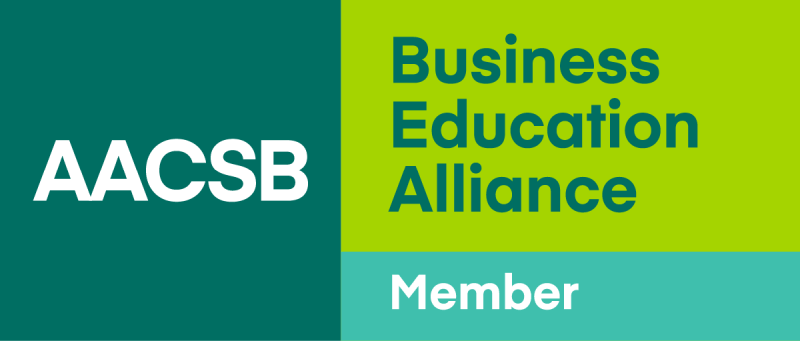The Power of Skincare by Science and Going Viral - Skintific's Country of Origin Enigma
In the heart of Southeast Asia, an enigmatic skincare brand, Skintific, emerged as a beloved favorite. How did the company harness the power of branding and marketing to win over consumers in the region?
At a glance
Major Markets
Southeast Asia
such as Indonesia and Malaysia
Country of Origin Image
Canada, Norway
Actual Country of Origin
Unclear, Speculated from China
Year Entered Southeast Asian Market
2022
Note: Actual founding year unclear
Abstract
Skintific, a rapidly growing skincare brand, has grown significantly in Southeast Asia, particularly in Indonesia and Malaysia, since its market debut in 2022. Known for its innovative formulations, the brand has captured consumer attention focusing on skin health and hydration. Skintific’s success is attributed to its strategic use of social media, influencer partnerships, and digital campaigns, positioning it as a favored choice among skincare enthusiasts.
This case study delves into Skintific’s rise, examining its marketing strategies, digital adaptability, and intriguing Country of Origin (COO) branding. While the brand claims Canadian and Norwegian roots, consumers started to question its origin and raised questions about authenticity, a critical factor in markets where origin influences perceived quality. The study explores the challenges and opportunities of COO branding, offering insights into transparency, consumer trust, and sustaining long-term brand equity in culturally diverse markets.
All rights reserved. © 2025 Nikkei Business Lab Asia. No part of this publication may be copied, stored, or transmitted in any form. Copying or posting is an infringement of copyright.
Disclaimers:
(1) Regarding Case Study Content: This case study is based mainly on secondary data and analysis of publicly available information unless otherwise stated, and is intended solely for educational purposes. Any opinions expressed by the author(s) are designed to facilitate learning discussion and do not serve to illustrate the effectiveness of the company. Additionally, banner images and logos used in the case study are intended for visualization in an educational setting and it is not used to represent or brand the company. For any dispute regarding the content and usage of images and logos, please contact the team.
(2) Regarding University Affiliation and Titles of Authors: The university affiliation and titles of author(s) seen in the case study is based on their affiliation and title during the time of publication. It may or may not represent the current status of said author(s).
